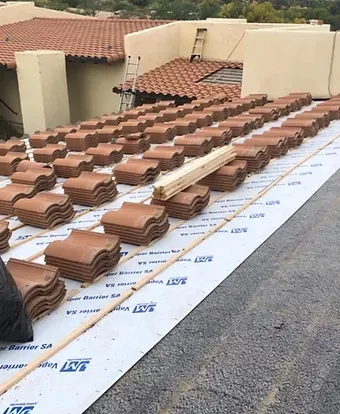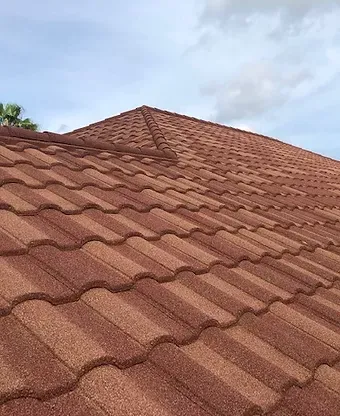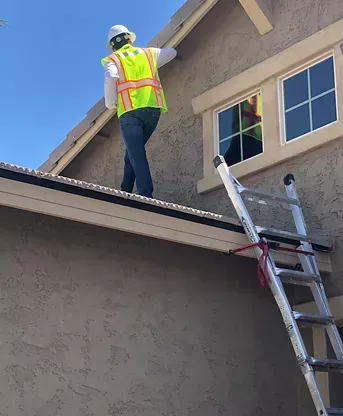Storm Damage and Your Roof: A Cape Coral Homeowner's Guide
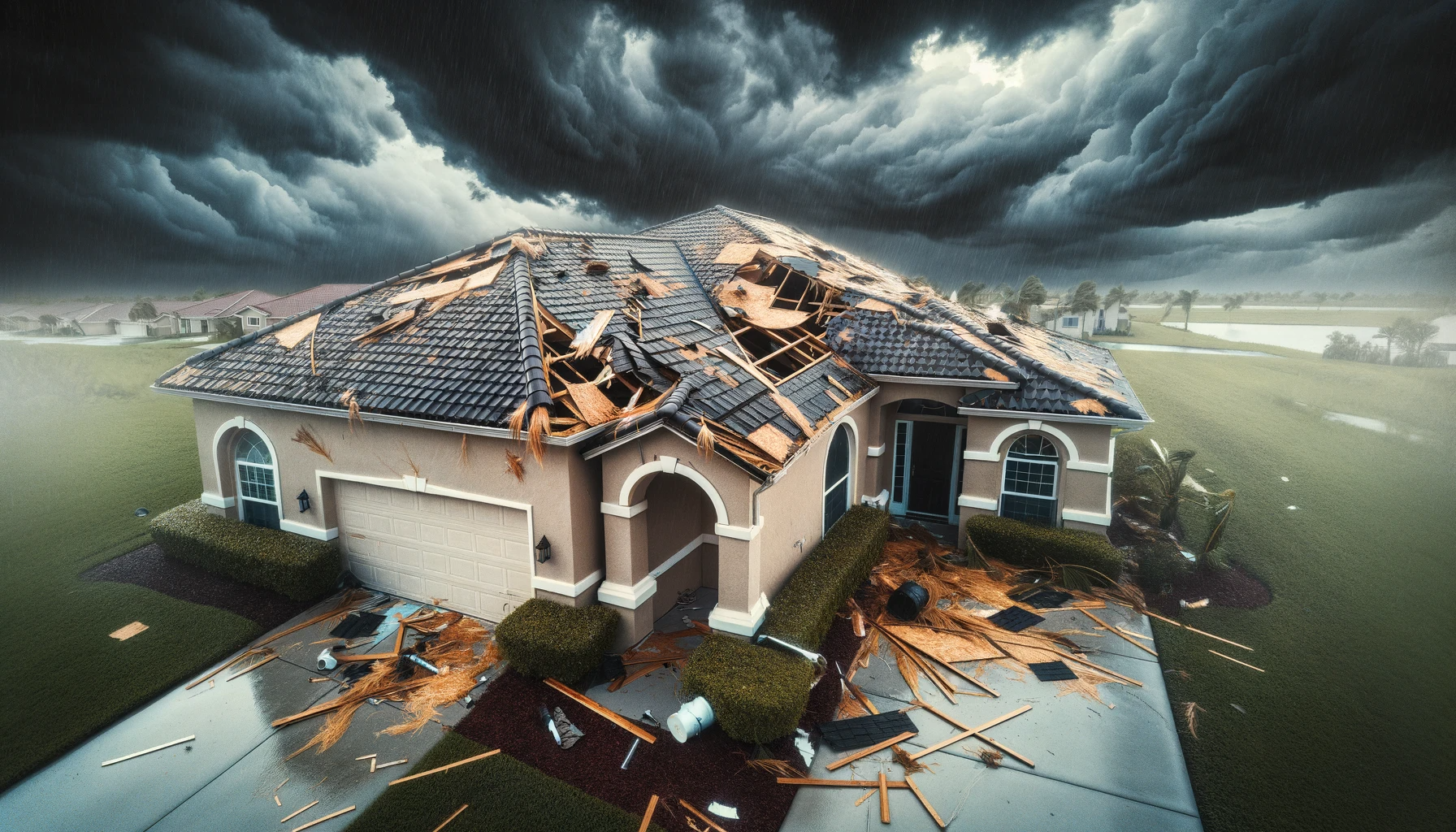
Living in Cape Coral, Florida, presents a unique set of challenges for homeowners, especially when it comes to weathering the storms. The city's coastal location makes it susceptible to severe weather events, including hurricanes and tropical storms, which can cause significant damage to properties, particularly roofs. Understanding how to manage and mitigate roof damage is essential for maintaining the safety and integrity of your home.
The Vulnerability of Roofs in Storm Conditions
Your roof is one of the most vulnerable parts of your home during a storm. High winds can lift or remove shingles, heavy rains can lead to leaks and water damage, and flying debris can cause breakage and punctures. The extent of damage can vary greatly depending on the storm's severity and the roof's age, material, and maintenance history.
Common Types of Storm Damage
- Wind Damage: This is the most common form of damage during a storm. Winds can rip off shingles and expose the underlying areas of the roof, leading to water infiltration.
- Debris Impact: Storms can hurl branches, outdoor furniture, and other objects onto your roof, causing punctures or cracks.
- Water Damage: Heavy rains can exploit any weakness in your roof, leading to leaks, mold, and structural damage.
- Hail Damage: Although less common in Florida, hail can dent or crack roofing materials, weakening the roof’s overall integrity.
Immediate Steps After a Storm
- Safety First: Avoid going outside until authorities declare it safe. Stay clear of downed power lines and standing water.
- Assess the Damage: Once safe, visually inspect your roof for damage. Look for missing shingles, visible leaks, or debris.
- Document the Damage: Take photos or videos of the damage for insurance claims. This documentation is crucial for accurate reimbursement.
- Temporary Fixes: If safe, apply temporary fixes, like tarps, to prevent further water damage. However, avoid making permanent repairs until a professional has inspected the roof.
- Contact Your Insurance Company: Report the damage to your insurance provider as soon as possible. They will guide you through the claim process.
Choosing the Right Roofing Contractor
When it comes to repairs, choosing the right roofing contractor is crucial. In the aftermath of a storm, many homeowners fall victim to scams by unlicensed or inexperienced contractors.
- Look for Local Contractors: Choose a reputable local contractor familiar with Cape Coral’s building codes and weather patterns. Four Peaks Roofing, for instance, has a deep understanding of the specific needs of Cape Coral homes.
- Check Credentials: Ensure the contractor is licensed, insured, and has a good track record. Check online reviews and ask for references.
- Get Multiple Quotes: Obtain quotes from several contractors to ensure you’re getting a fair price.
- Avoid High-Pressure Sales Tactics: Be wary of contractors who pressure you to sign a contract quickly or pay upfront.
Long-Term Strategies to Protect Your Roof
While immediate post-storm actions are important, long-term strategies play a crucial role in minimizing future damage.
- Regular Inspections: Have your roof inspected by a professional at least once a year. Regular inspections can identify potential problems before they become serious.
- Proper Maintenance: Keep your roof clean and free of debris. Ensure gutters and downspouts are clear to prevent water buildup.
- Upgrade Roofing Materials: Consider upgrading to more durable materials if your roof needs replacement. Metal roofing, for example, offers excellent wind and impact resistance.
- Trim Trees Regularly: Keep trees around your property trimmed to minimize the risk of branches falling onto your roof during a storm.
Conclusion
As a homeowner in Cape Coral, preparing for and dealing with storm damage is an inevitable part of property maintenance. By understanding the types of damage your roof can sustain, taking immediate action post-storm, selecting the right contractor for repairs, and engaging in long-term preventative strategies, you can protect your home and reduce the impact of Florida’s harsh weather conditions. Remember, the roof is your home’s first line of defense against the elements. Keeping it in top shape is not just about aesthetics; it’s about safety, security, and peace of mind.
